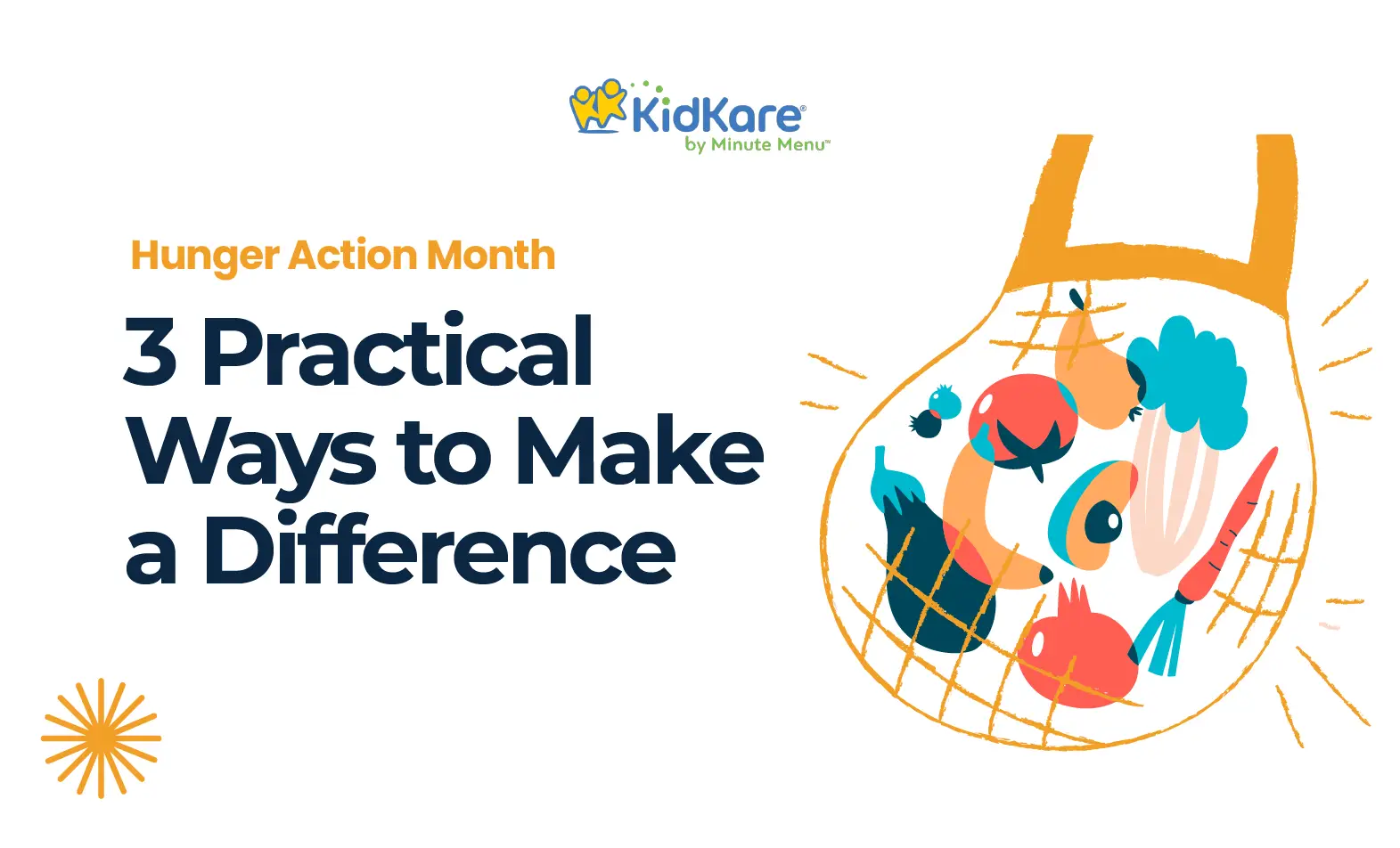
Did you know that your actions this September could help put food on someone’s table?
As Hunger Action Month kicks off, millions of Americans are facing the harsh reality of food insecurity. But here’s the good news: you have the power to make a real difference. From the comfort of your home to the halls of government, there are countless ways to join the fight against hunger.
Ready to roll up your sleeves and be part of the solution? In this article, we’ll explore 3 Practical Ways to Make a Difference this September. Whether you have five minutes or five hours to spare, there’s an opportunity for everyone to contribute.
Let’s dive in and discover how your actions can create ripples of change in the fight against hunger.
If you’re interested in getting involved with a food bank, the first step is to locate the nearest one in your area. Fortunately, there are several resources available to help you find a local food bank or pantry.
One of the most comprehensive databases is the Feeding America network, which includes more than 200 food banks and 61,000 food pantries, soup kitchens, and other meal programs across the United States. You can visit their website at feedingamerica.org and enter your zip code to find the nearest food bank and learn more about their services and volunteer opportunities.
Another option is to search for food banks in your city or county using an online search engine. Many local food banks have their own websites that provide information about their mission, programs, and ways to get involved. You can also check with your local government or community organizations, as they often have resources and directories for finding food assistance services in the area.
Food banks accept a wide range of items, including non-perishable food, young children’s supplies, and personal care products. It’s important to note that the specific items accepted may vary from one food bank to another, so it’s always a good idea to check with your local organization before making a donation.
Some of the most commonly requested non-perishable food items include:
Some of the most requested young children’s supplies include:
Some of the most requested personal care and hygiene products include:
Pushing for policy changes has an essential role in tackling hunger and food insecurity. Congress bills addressing these concerns have a significant impact on the well-being of millions of children across the United States. Below are key congress bills tackling child hunger and nutrition.
The Child Care Nutrition Enhancement Act of 2023 is a significant piece of legislation aimed at improving child nutrition and supporting childcare providers. This bill focuses on enhancing the Child and Adult Care Food Program (CACFP), a federal initiative that provides meals and snacks to children in low-income areas participating in after-school programs.
The Act proposes several important changes to the CACFP:
Take action here.
The Farm Bill aims to strengthen food and nutrition security for millions of Americans participating in SNAP. It has the potential to protect and enhance SNAP benefit levels, reduce eligibility barriers, and address nutrition security by improving access to healthy food . The bill also seeks to invest in nutrition research and strengthen nutrition education, which could lower healthcare costs for many Americans.
Learn more.
Hunger Action Month serves as a powerful reminder of the ongoing struggle against food insecurity and the importance of community involvement. By volunteering at local food banks, donating essential items, and raising awareness through social media, individuals can have a real impact on the lives of those facing hunger.